30 Jan Indo Islamic Architecture: A Portrait of 15 Indian Marvels
Indo Islamic Architecture, blending Indian craftsmanship with Islamic aesthetics, stands as a symbol of cultural harmony. Indo-Islamic Architecture has evolved over centuries, transforming Persian artistry and Hindu skills into a stone symphony. In every arch, minaret, dome, and garden, Indo-Islamic Architecture echoes diverse cultural stories. These structures, transcending mere architectural feats, embody deep philosophical dialogues. Indo Islamic Architecture narrates the journey of rulers, the saga of conquests, and the blossoming of creativity.
Mughal Emperor Akbar, reflecting on this blend, captured the essence of Indo-Islamic Architecture. He proclaimed, “The blending of Hindu and Muslim cultures in our empire will create a new era of architecture.” This statement epitomises Indo-Islamic Architecture’s spirit: a collaboration and creativity chronicle where structures become collective memory canvases. This style, embracing local flavours as empires rose and fell, turns each structure into a story, a spirited exchange of ideas, sculpting philosophy into brick and mortar.
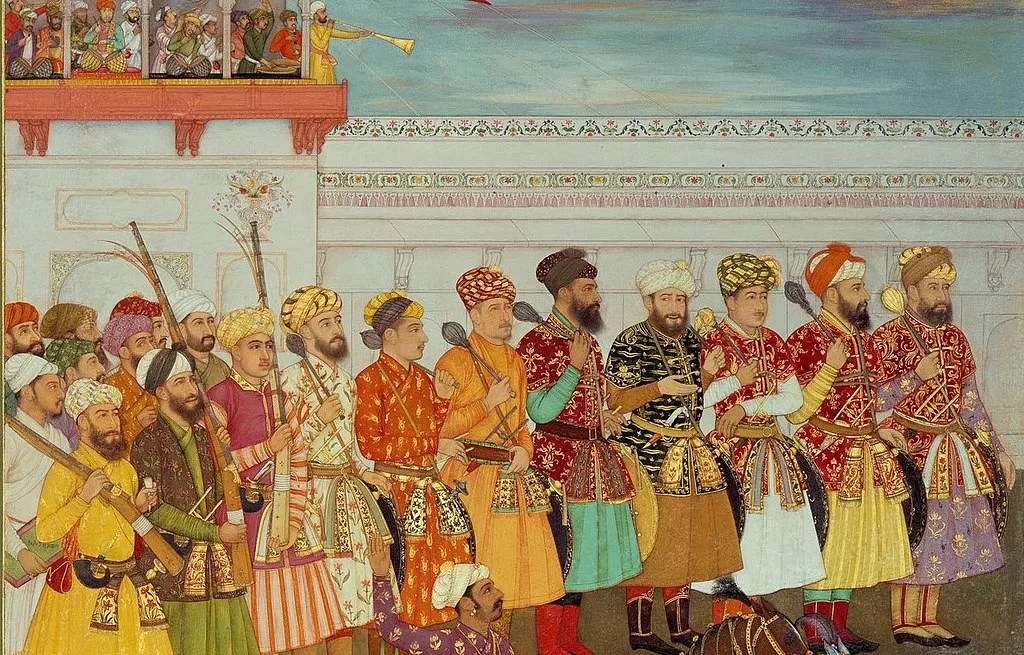
Features of Indo-Islamic Architecture:
1. Use of Domes:
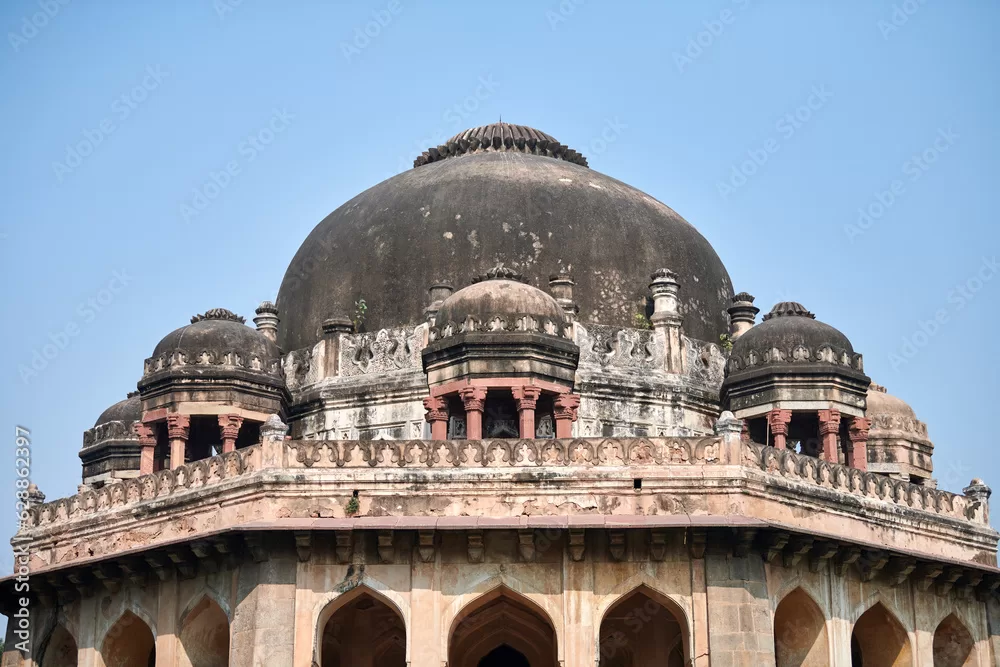
Indo-Islamic Architecture often features large, bulbous domes, symbolising the heavens and emphasising the structure’s grandeur.
2. Extensive Calligraphy:
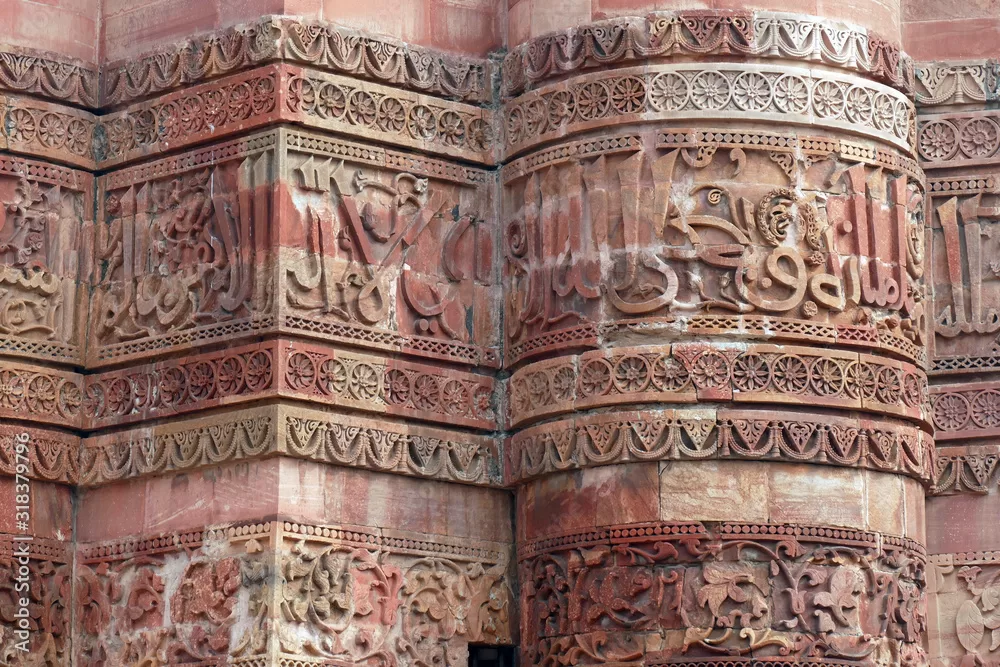
This style incorporates intricate calligraphy, usually Arabic script, which serves both, as decoration and religious expression.
3. Ornamental Minarets:
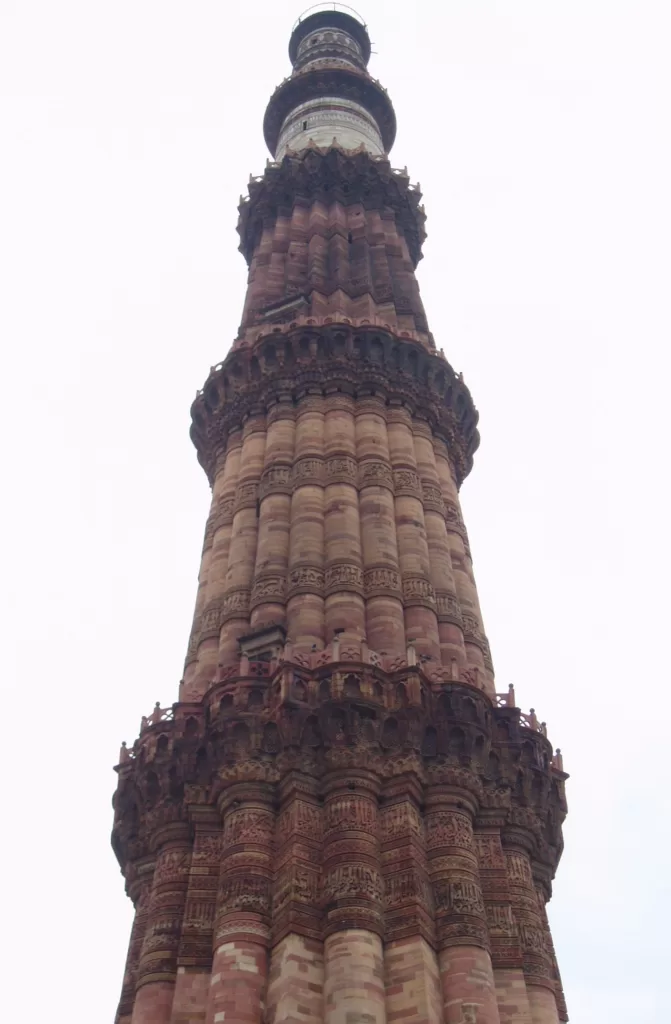
Tall, slender minarets are characteristic, used not just for architectural balance but also for calling the faithful to prayer.
4. Pointed Arches:
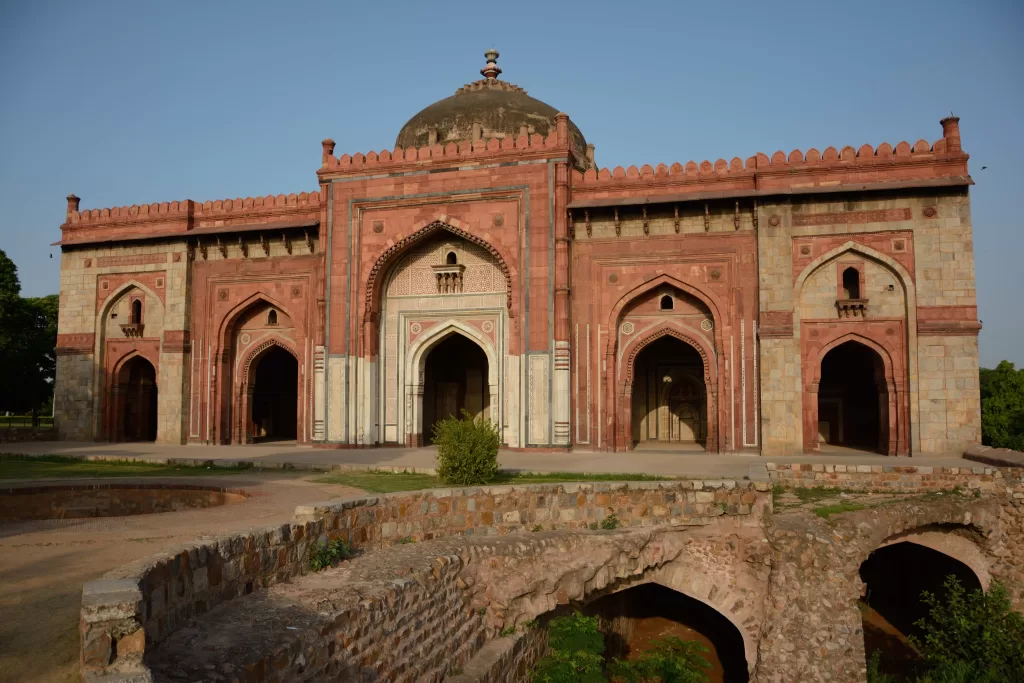
The pointed arches, borrowed from Islamic architecture, add aesthetic appeal and support to the structures.
5. Use of Iwans:
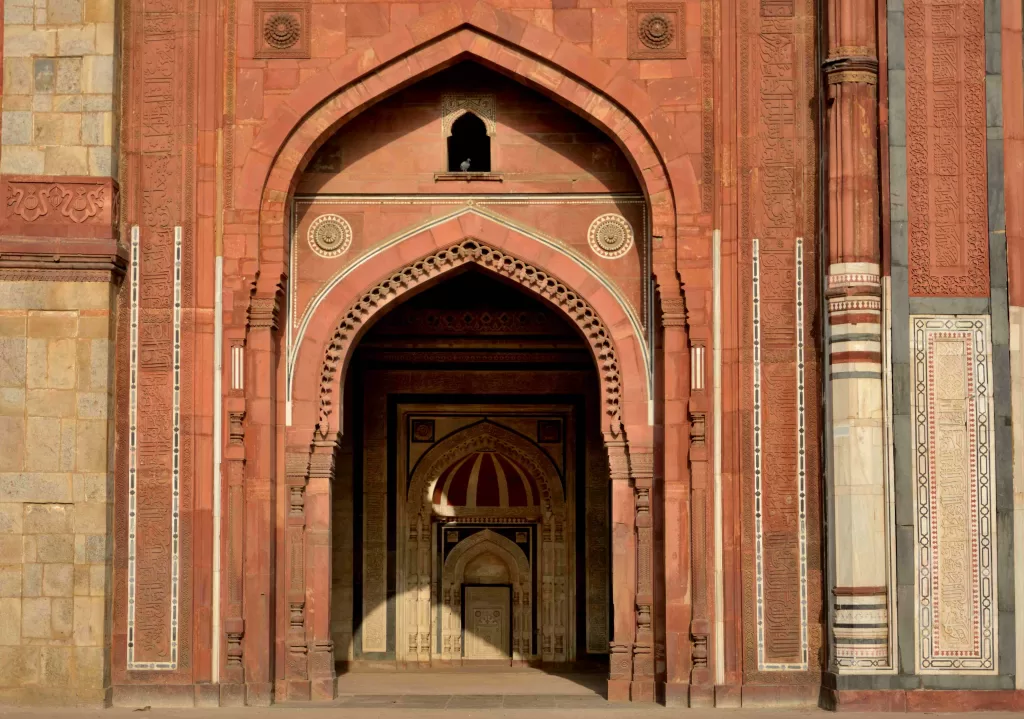
Iwans, or vaulted spaces opening on one side, are prominent, providing a majestic entrance or focal point.
6. Charbagh Garden Layout:
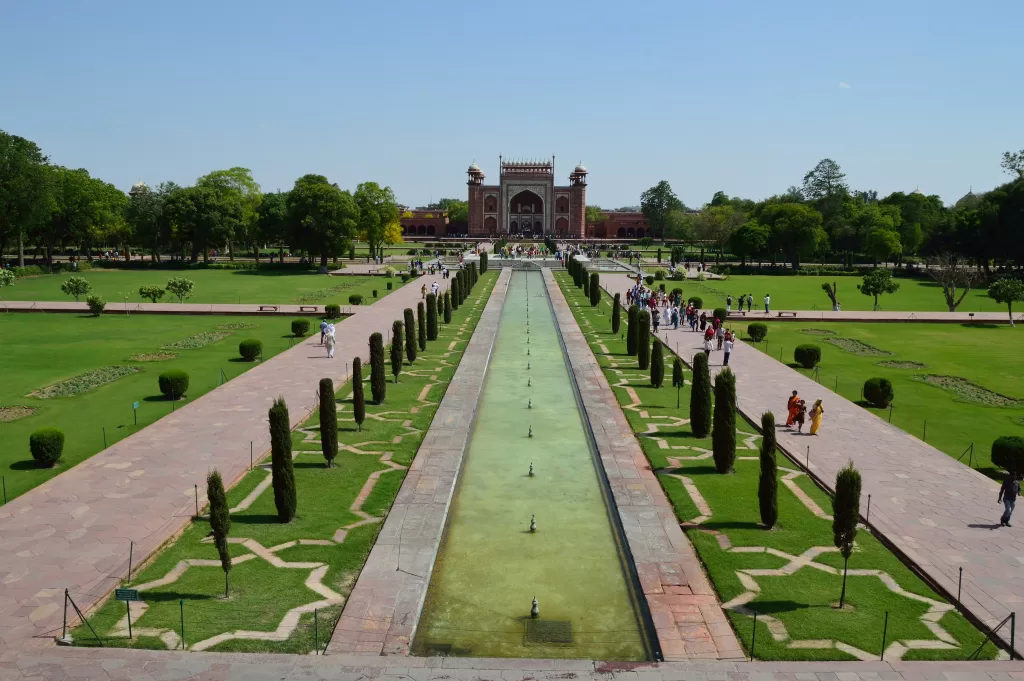
Many Indo-Islamic buildings surround a charbagh, a four-part garden symbolizing the Islamic concept of paradise.
7. Water Features:
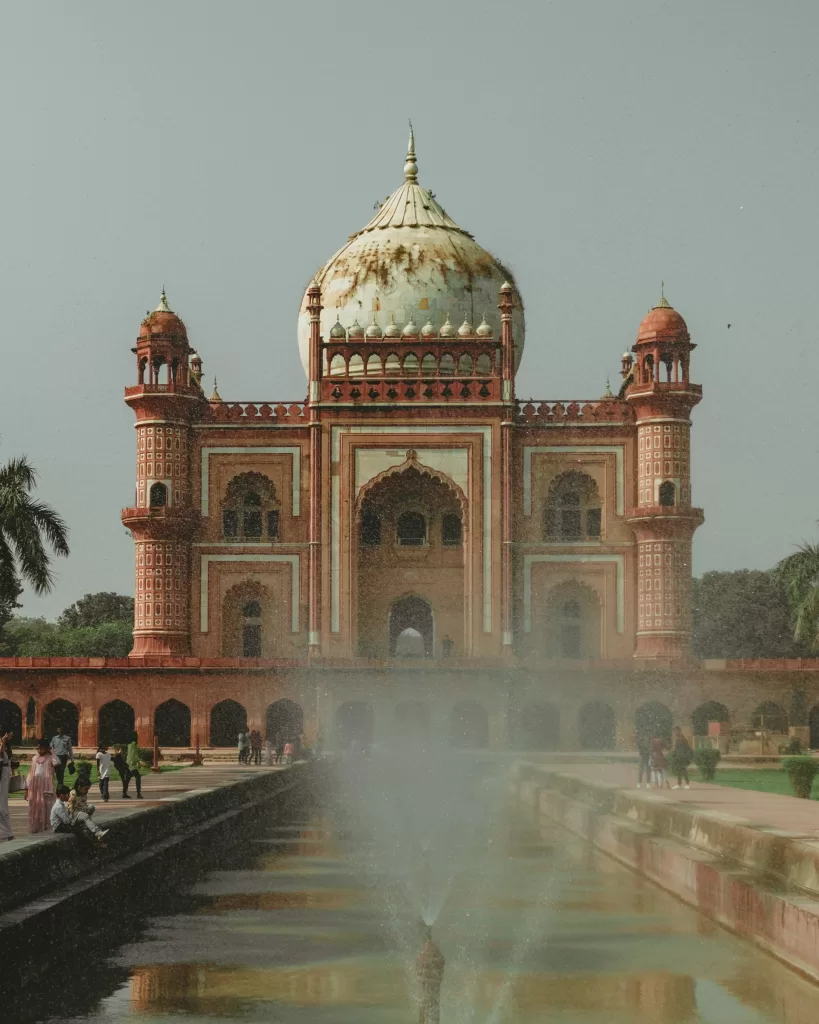
The integration of water bodies, like reflecting pools and fountains, in architectural design symbolises life and purity, creating a serene environment.
8. Blend of Red Sandstone and Marble:
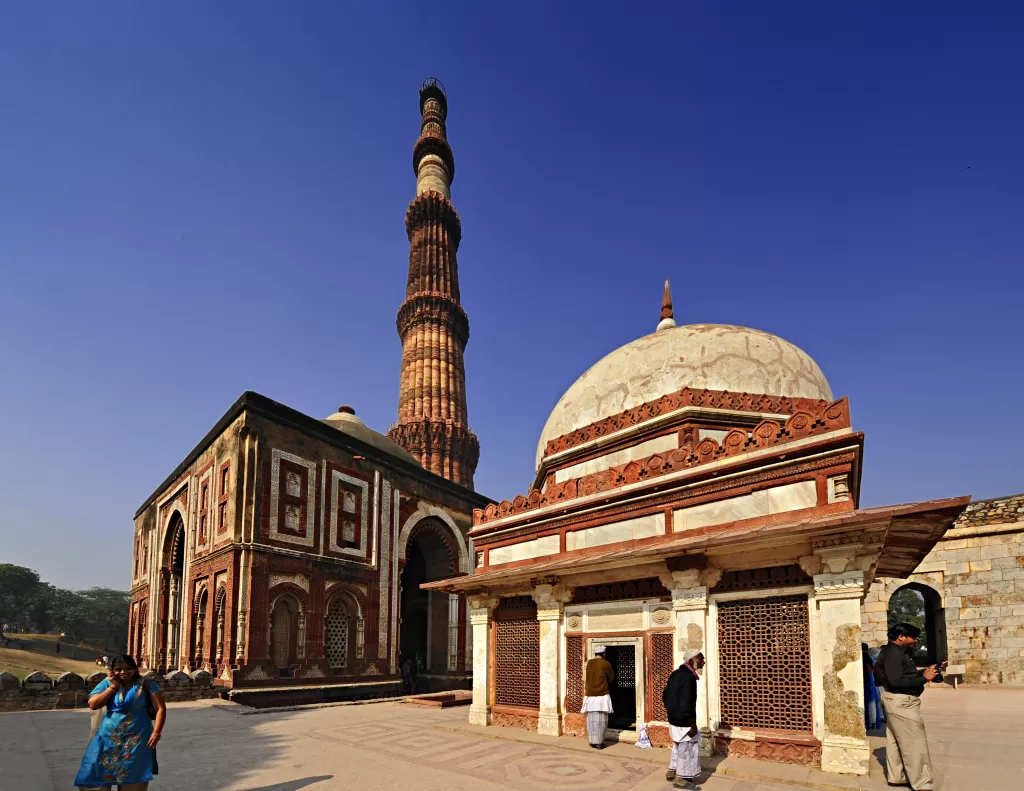
The use of red sandstone and white marble in construction provides a striking visual contrast, enhancing the building’s aesthetic appeal.
9. Squinches and Muqarnas:
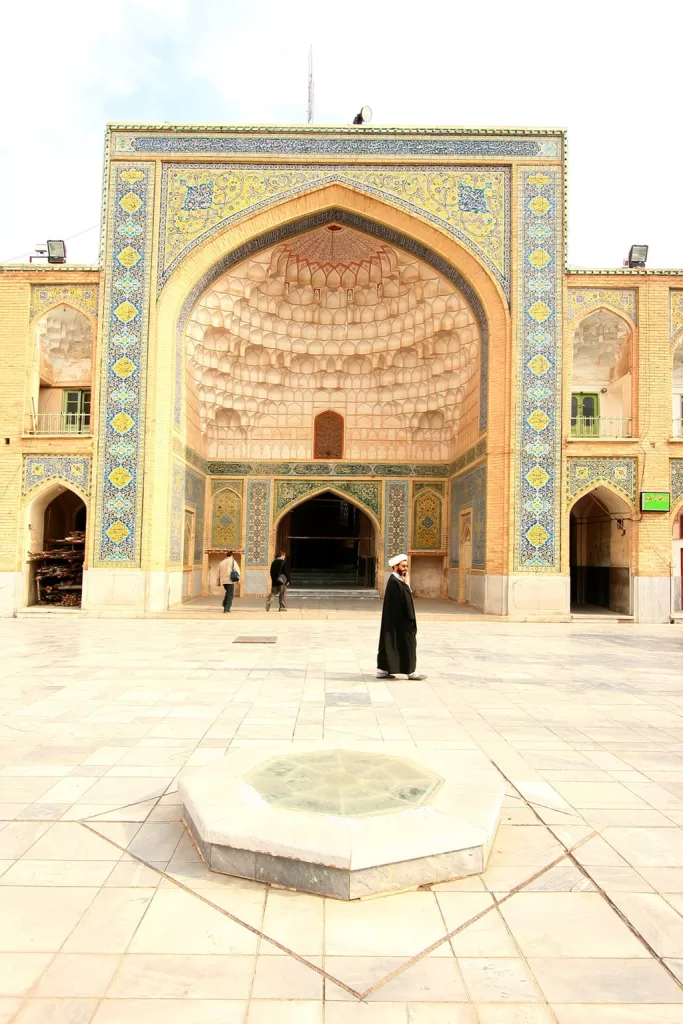
Squinches are architectural devices used to transition from a square room to a circular dome, and muqarnas, or ornamental vaulting, showcase intricate craftsmanship.
List of 15 Indo-Islamic Architecture:
1. Sikandar Lodi’s Tomb, Delhi:
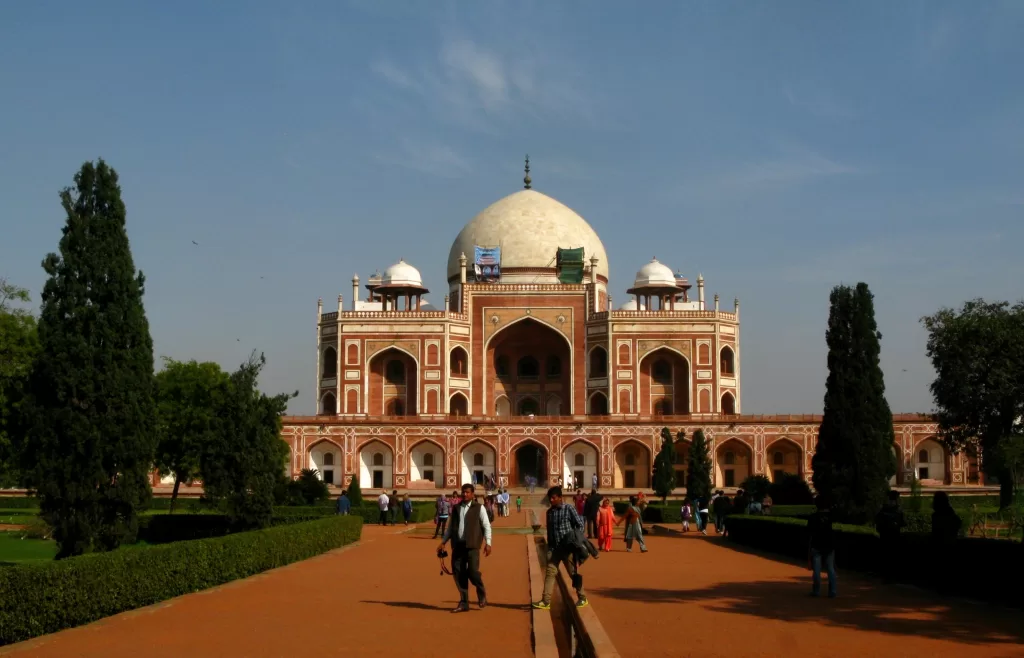
In Delhi’s peaceful Lodi Gardens, Sikandar Lodi’s Tomb, built in 1517, stands as an architectural bridge between the Sultanate and Mughal styles. This octagonal tomb, adorned with Hindu-style chhatris and an Islamic dome, beautifully illustrates the confluence of different cultures. The tomb’s simplicity aligns with Sufi principles, while the surrounding gardens draw from Persian influences, hinting at the evolving landscape of Indo-Islamic architecture. This structure, though overshadowed by grander monuments, holds a significant place in Delhi’s historical narrative, reflecting the artistic and cultural synthesis of its era.
2. Bara Gumbad, Delhi:
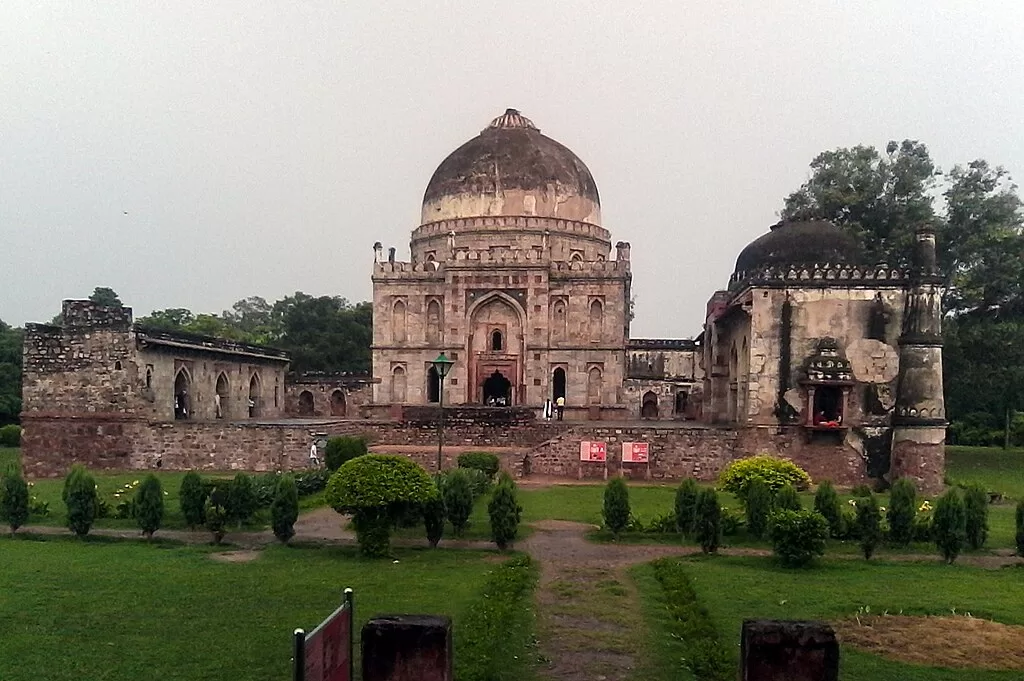
Situated in the historic Lodi Gardens, the Bara Gumbad is a significant but often misunderstood structure from the 15th century. Misidentified as a tomb, it likely served as an impressive gateway to a mosque. This Lodi-era structure exemplifies architectural fusion, combining a large Islamic dome with Hindu-style chhatris. The facade features intricate carvings, jalis, and Quranic inscriptions, representing a rich period of cultural and artistic intersection. The Bara Gumbad stands as a testament to the syncretic architectural style that prevailed in Delhi during the late Sultanate period.
3. Atala Masjid, Jaunpur:
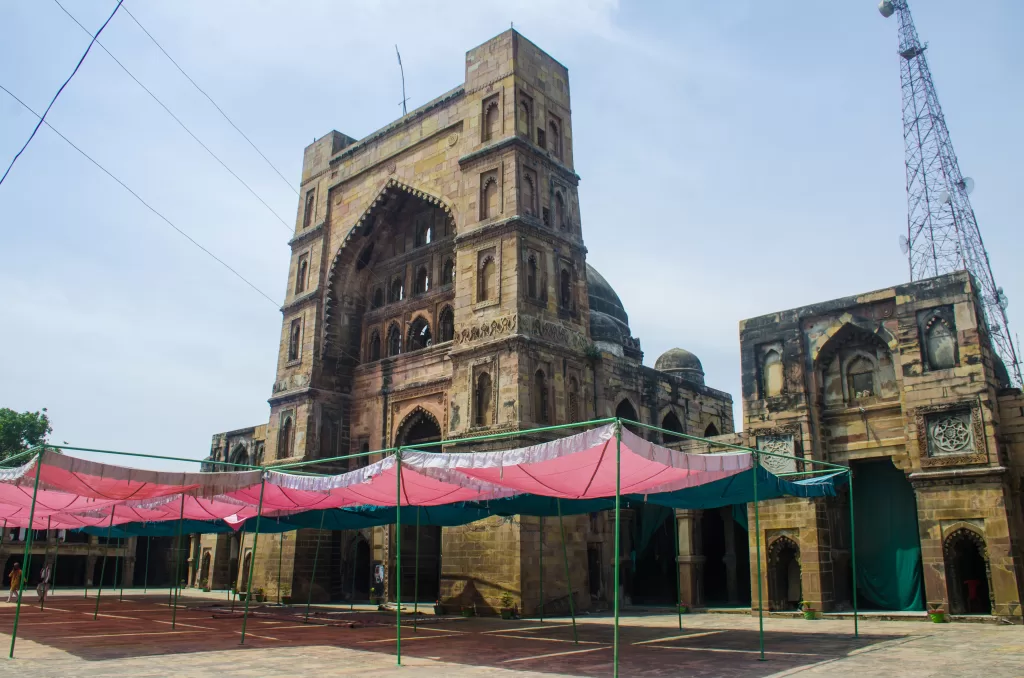
The Atala Masjid in Jaunpur, erected by the Sharqi dynasty in 1408, represents a distinctive style of Indo-Islamic architecture. Its robust, fortress-like exterior contrasts with the intricately detailed interior, which combines Hindu and Islamic elements. The mosque’s imposing structure and mihrab, richly adorned with Quranic calligraphy, exemplify the spiritual and artistic synthesis of the era. This mosque is a historical narrative in itself, representing the cultural confluence and architectural innovation of its time and a landmark of the Sharqi architectural legacy in Northern India.
4. Rani Sipri’s Mosque, Ahmedabad:
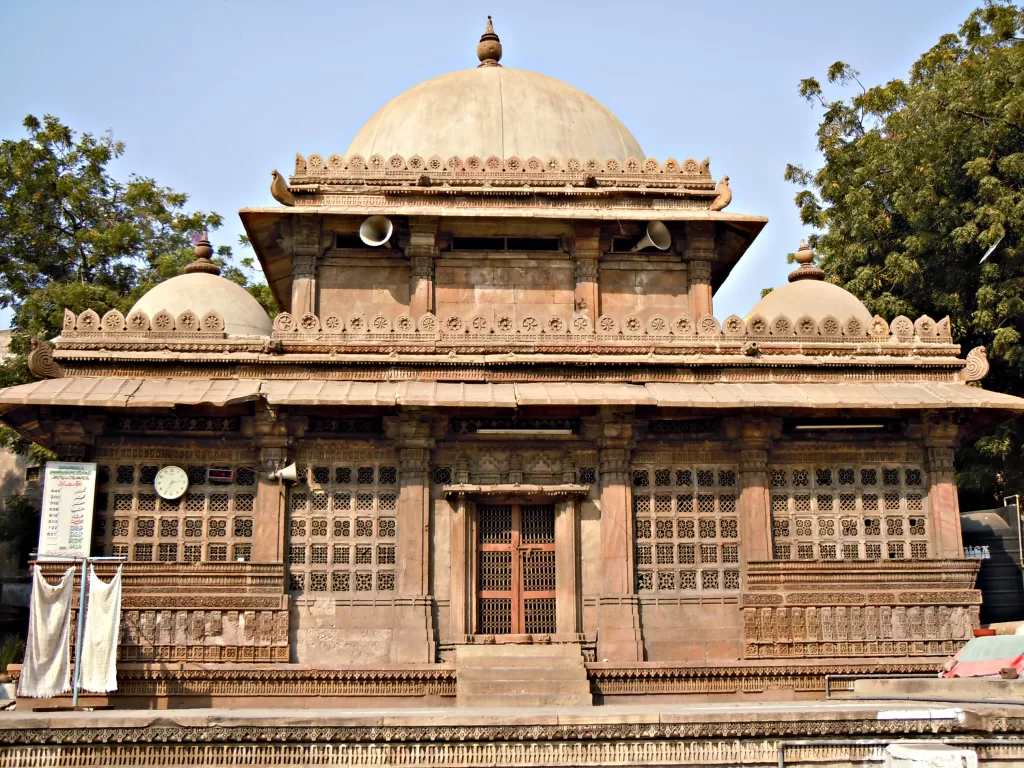
Rani Sipri’s Mosque, also known as Masjid-e-Nagina, is a 16th-century architectural gem in Ahmedabad. This small yet intricately designed mosque is a fine example of the Gujarat Sultanate’s architectural style. It is known for its elegant minarets and exquisite jali work, blending Islamic and Hindu motifs. The mosque reflects the syncretic nature of the region’s architecture, where art transcended religious boundaries, creating an understated and ornately unique aesthetic.
5. Jama Masjid, Champaner:
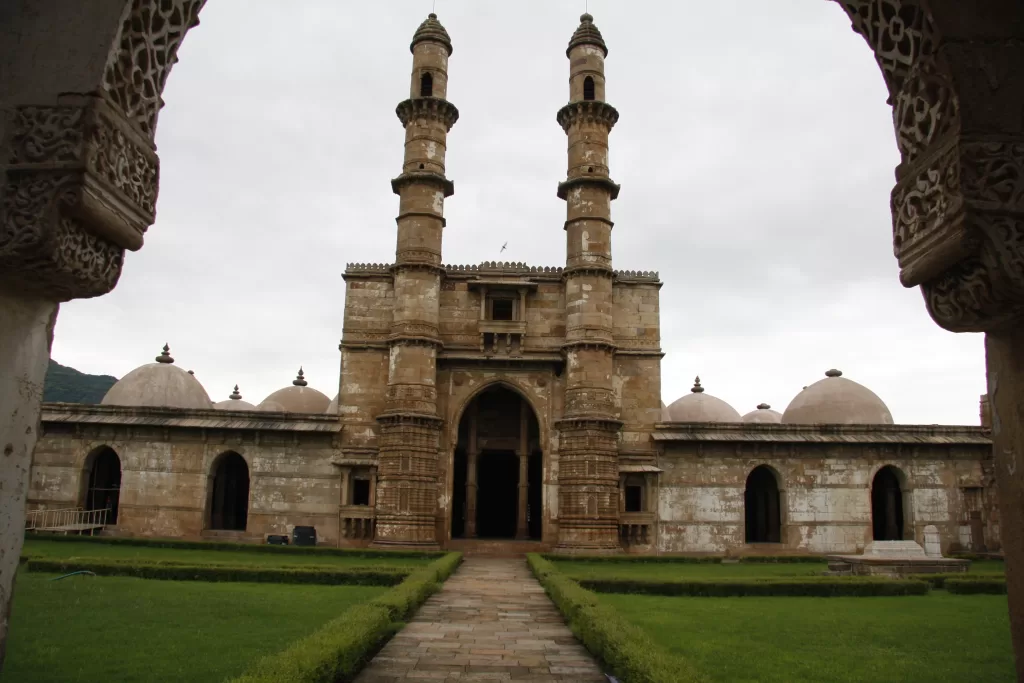
Part of the UNESCO World Heritage Site at Champaner-Pavagadh, this 15th-century mosque showcases a blend of Hindu and Islamic architecture. The finely carved entrance, majestic domes, and detailed jalis illustrate the region’s artistic excellence and cultural confluence. The mosque’s spacious interior and architectural features make it a significant example of the Sultanate era’s architectural legacy in Gujarat.
6. Ibrahim Rauza, Bijapur:
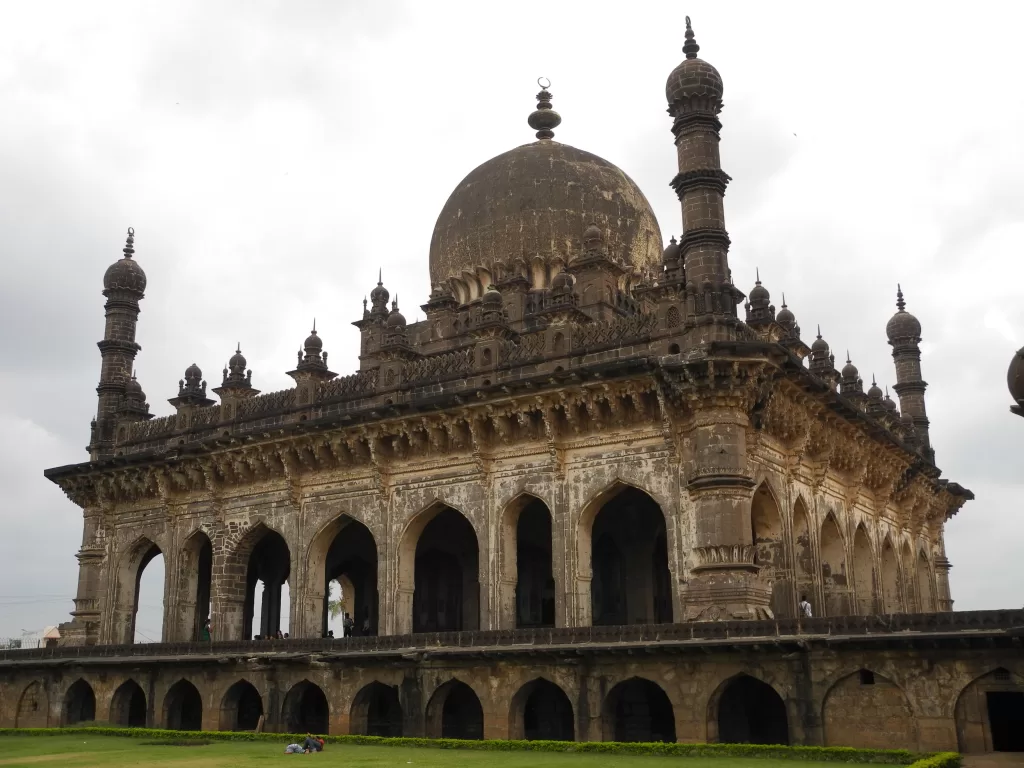
Known as the Agra of the Deccan, Ibrahim Rauza is an architectural marvel in Bijapur. Built by Ibrahim Adil Shah II, this 17th-century mausoleum complex includes a mosque and a tomb, both known for their balanced composition and delicate carvings. The tomb’s design is said to have inspired the Taj Mahal, showcasing the sophistication and elegance of Deccan architecture during the Adil Shahi dynasty.
7. Asfi Mosque, Lucknow:
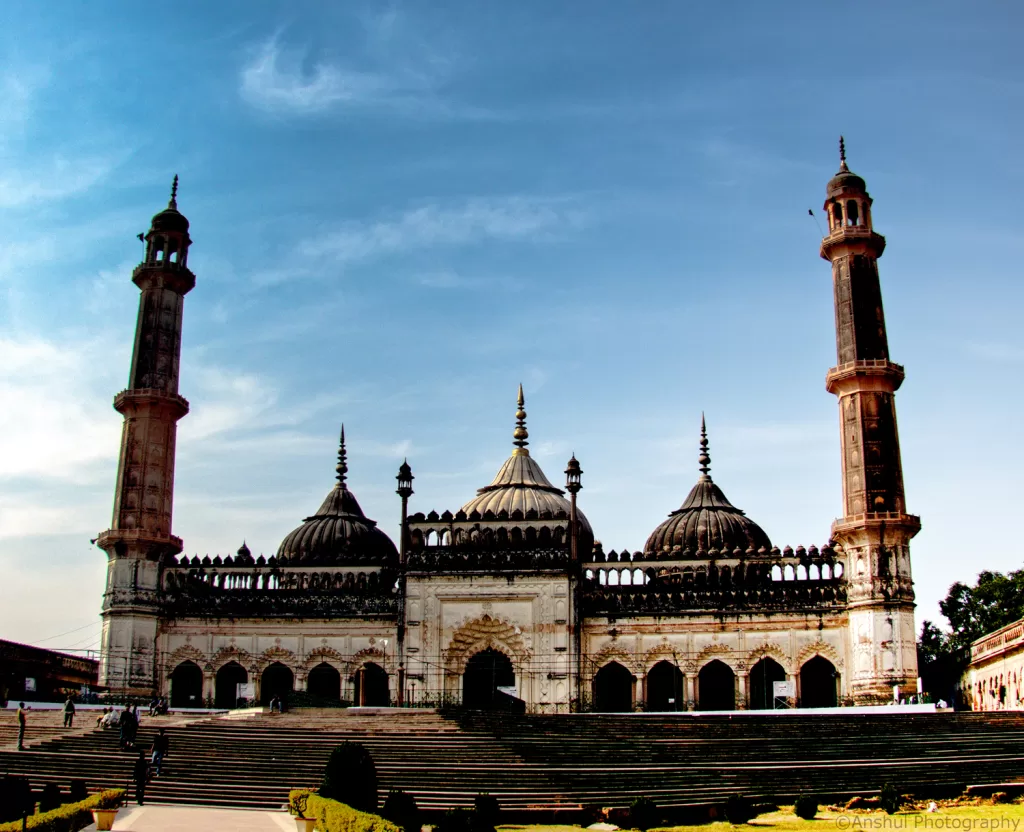
Part of the Bara Imambara complex, the Asfi Mosque in Lucknow is an example of Awadhi architecture. Built in 1784, its remarkable pillarless assembly hall and the blend of Rajput and Mughal architectural elements make it distinctive. The mosque’s design reflects the cultural richness of the Nawabi era in Lucknow, combining functionality with aesthetic grandeur.
8. Mahabat Maqbara, Junagadh:
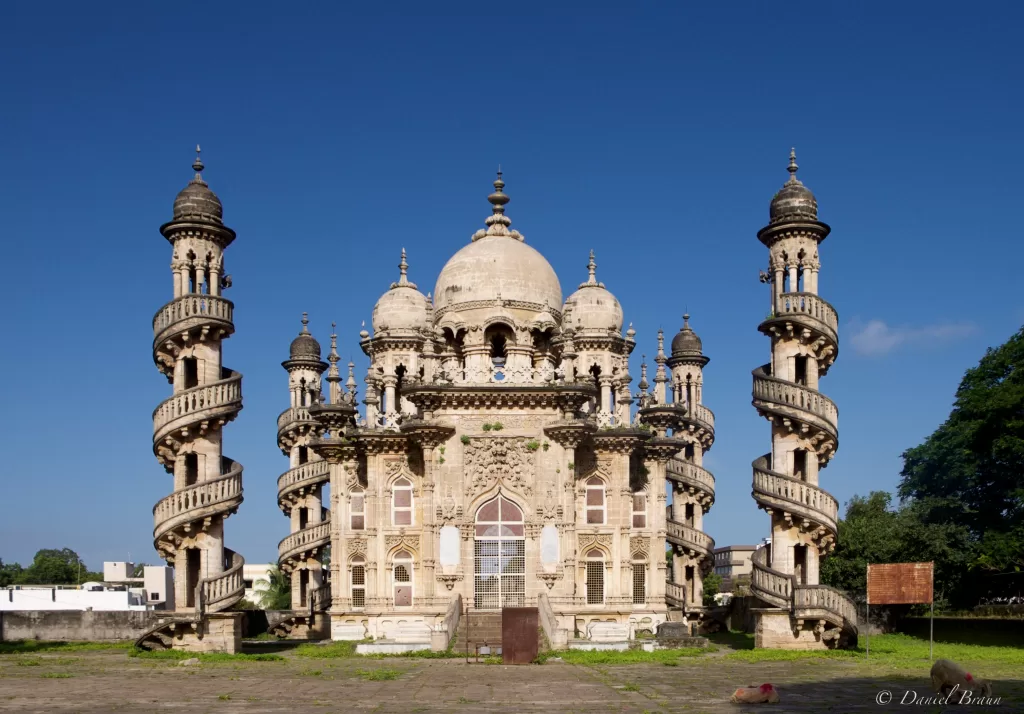
This 19th-century mausoleum in Junagadh is a fusion of Indo-Islamic, European, and Gothic styles. Its spiralling minarets and intricate carvings create a distinct aesthetic, showcasing a unique blend of architectural influences during the Nawabi era in Gujarat.
9.Tomb of Salabat Khan, Ahmednagar:
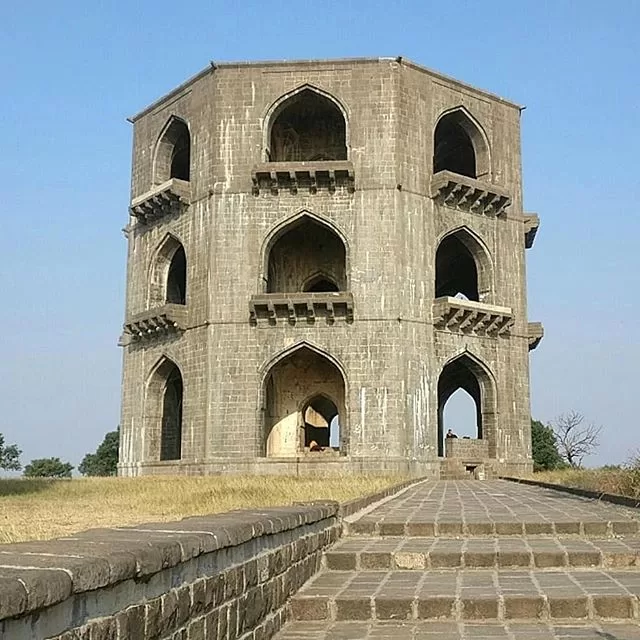
Overlooking Ahmednagar, this 16th-century tomb, also known as Chand Bibi’s Mahal, is a notable example of Nizam Shahi architecture. Perched atop a hill, its octagonal structure, built on a high plinth, offers panoramic views. The tomb’s simplicity is a departure from typical Indo-Islamic ornateness, reflecting a unique blend of Persian and local design influences. This architectural piece, with its open pavilions and lack of a dome, stands as a testament to the regional variations in Indo-Islamic architecture during the Deccan Sultanates.
10. Qila-i-Kuhna Mosque, Delhi:
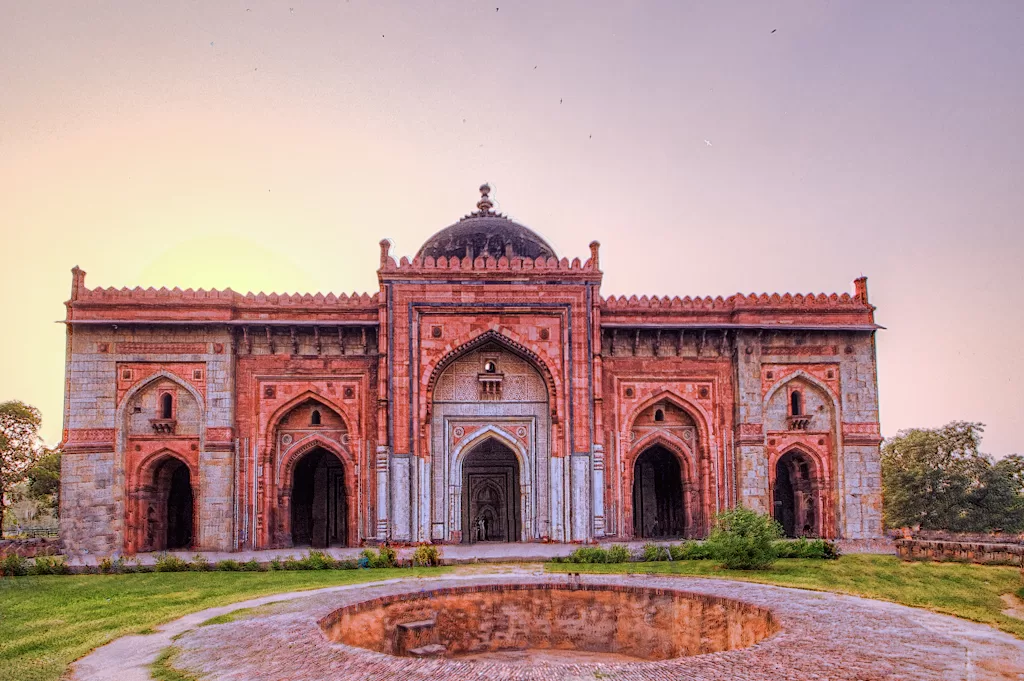
Built by Sher Shah Suri in the Purana Qila complex, Qila-i-Kuhna Mosque exemplifies a blend of Afghan and Indian styles. This 16th-century mosque, with its red sandstone and marble, features a blend of Hindu and Islamic motifs. The mosque’s large prayer hall and pointed arches showcase the architectural innovations of the time, marking it as a significant structure in the evolution of Indo-Islamic architecture in North India.
11. Tomb of Iltutmish, Delhi:
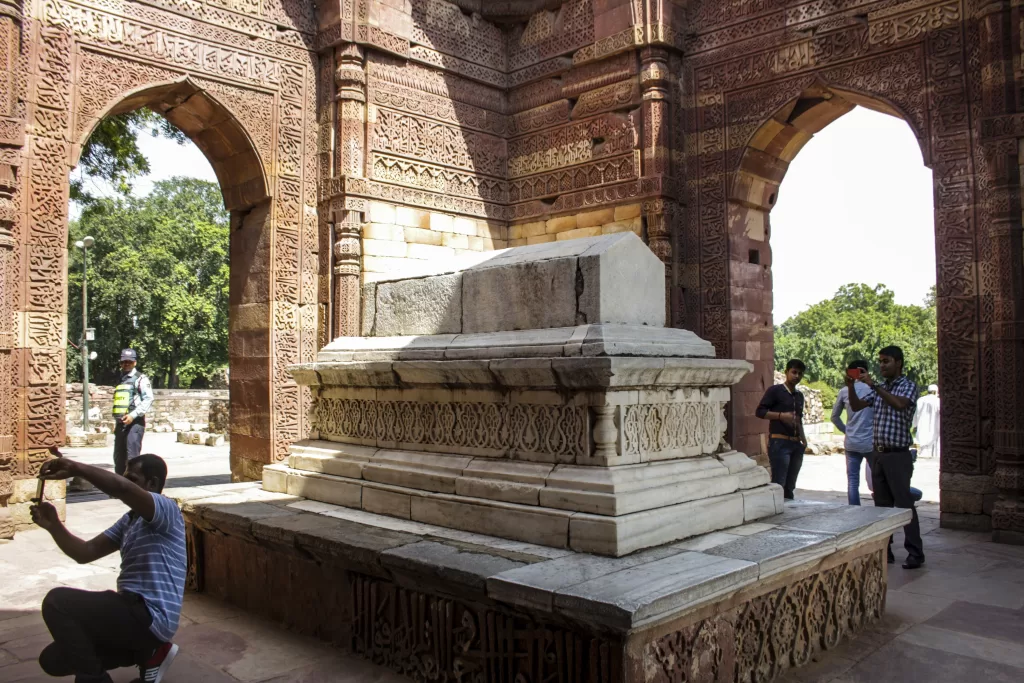
Located in the Qutub Minar complex, the 13th-century Tomb of Iltutmish is one of the earliest examples of Indo-Islamic architecture. The interior walls, adorned with intricate calligraphy and geometric patterns, exhibit a blend of Islamic art with Indian craftsmanship. This tomb marks a key moment in architectural history, illustrating the transition from traditional Indian to early Islamic styles.
12. Hauz Khas Complex, Delhi:
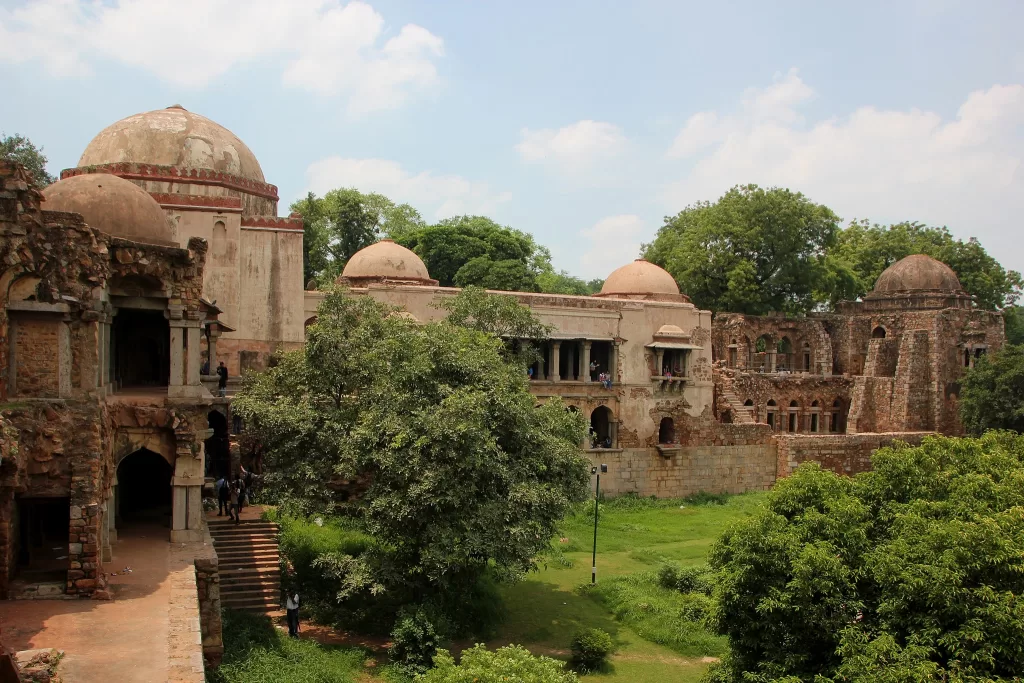
The Hauz Khas Complex, with its madrasa, mosque, and tombs, is a remarkable site from the Khalji dynasty. Overlooking a reservoir, this 13th-century complex combines Islamic and traditional Indian architectural styles. The blend of red sandstone and intricate carvings, along with the reservoir’s serene backdrop, makes it an important site in the history of Delhi’s architecture.
13. Adhai Din Ka Jhonpra, Ajmer:
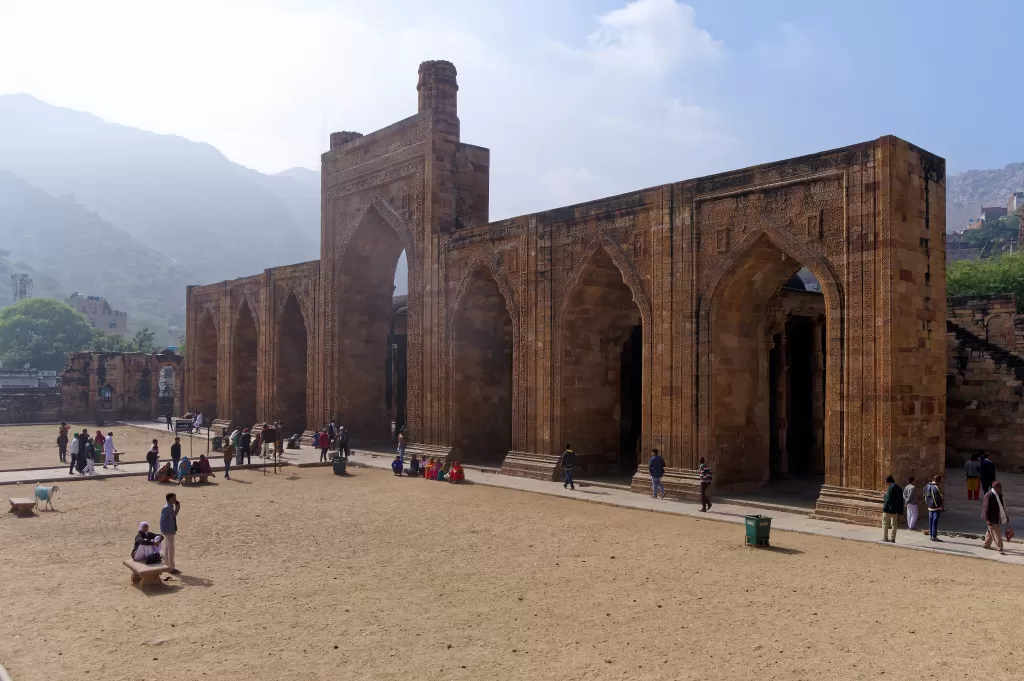
Built by Qutb-ud-Din Aibak, this mosque is a prime example of Indo-Islamic architecture in Ajmer. Originally a Sanskrit college, it was converted into a mosque using materials from destroyed temples. The mosque’s large screen with intricate calligraphy and carved columns is a testimony to the architectural innovation and cultural amalgamation of the 12th century.
14. Rohtas Fort, Bihar:
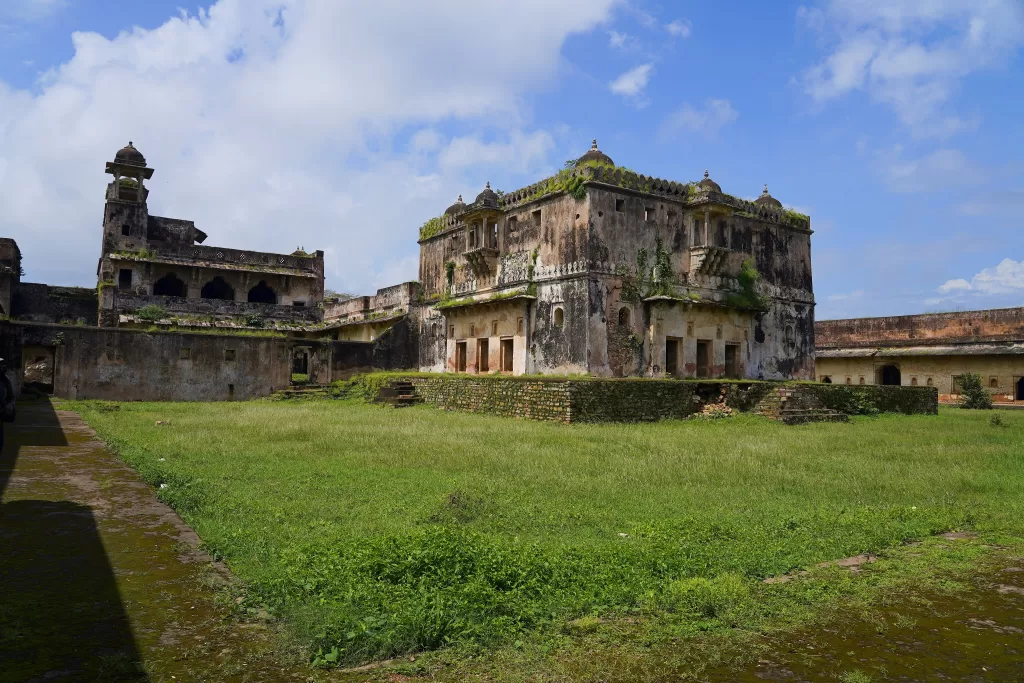
Rohtas Fort is a significant but often overlooked example of early Indo-Islamic military architecture. Built for defence purposes, the fort’s massive walls and robust design reflect the strategic importance of architecture during medieval times. Its blend of Indian and Afghan architectural elements makes it a unique historical site.
15. Sher Mandal, Delhi:
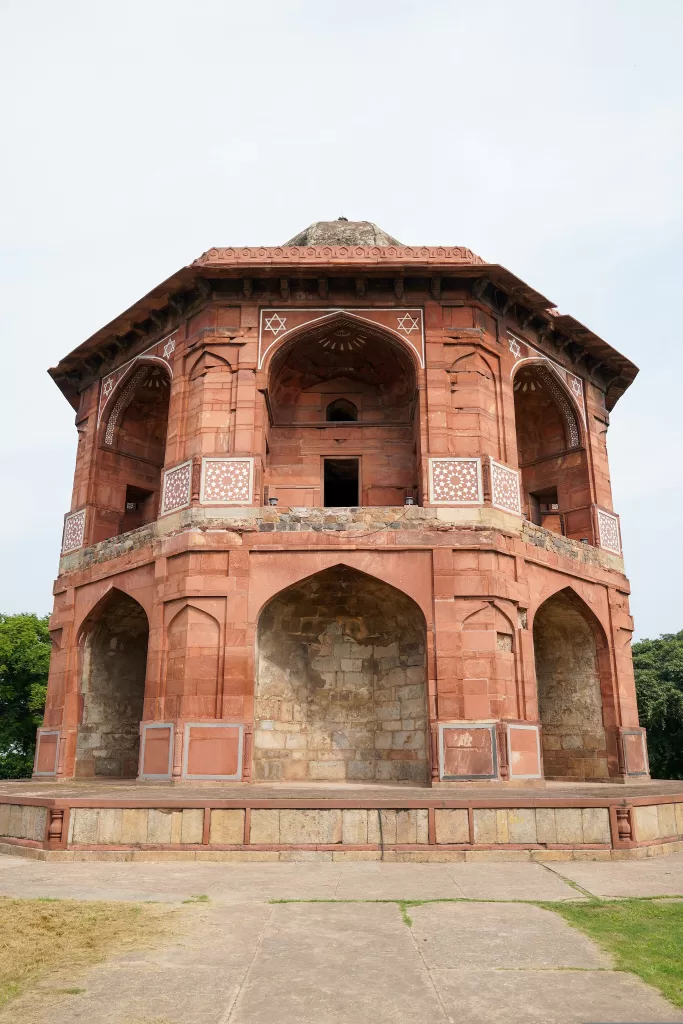
Located in Purana Qila, Sher Mandal is an octagonal tower that served as Humayun’s library. This Afghan-style structure, with a touch of Indian aesthetics, represents a transitional phase in Indo-Islamic architecture. Its significance lies not just in its historical context but also in its architectural design, which blends simplicity with elegance.
Conclusion:
Indo-Islamic Architecture, a silent orator of history, unravels the tapestry of time, blending art, culture, and spirituality. Each structure, a chapter in the story of Indo-Islamic Architecture, speaks of an era where boundaries blurred and creativity flourished. In the domes, minarets, and arches of Indo-Islamic Architecture, one finds a confluence of ideas, a dialogue between different worlds. It’s not just about bricks and mortar; it’s about the fusion of horizons, where the sky of Persia meets the earth of India. Indo-Islamic Architecture is a testament to human ingenuity, a celebration of diversity, and a bridge between the past and present.
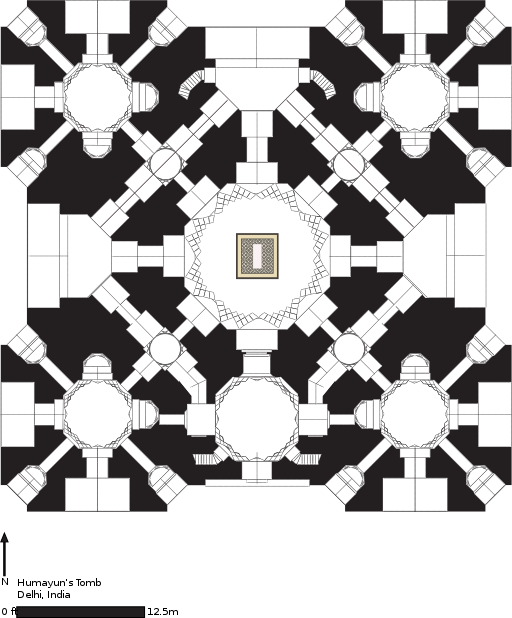
As we traverse through the lanes of history, visiting the tombs, mosques, and forts, each edifice in the realm of Indo-Islamic Architecture stands as a symbol of architectural evolution and cultural intermingling. These structures, from the grandeur of the Taj Mahal to the serene simplicity of Sikandar Lodi’s Tomb, are more than just relics; they are narrators of tales untold, of kings and commoners, of love and conquest. Indo-Islamic Architecture, in its splendid diversity, is a narrative woven in stone, echoing the ethos of an era where art transcended all barriers, creating something timelessly magnificent. In its essence, Indo-Islamic Architecture is not just a chapter in history; it’s a whole universe, waiting to be explored, one stone at a time.
Content Writing And Research By: Ar. Lekha More
The post Indo Islamic Architecture: A Portrait of 15 Indian Marvels appeared first on The Architects Diary.




No Comments